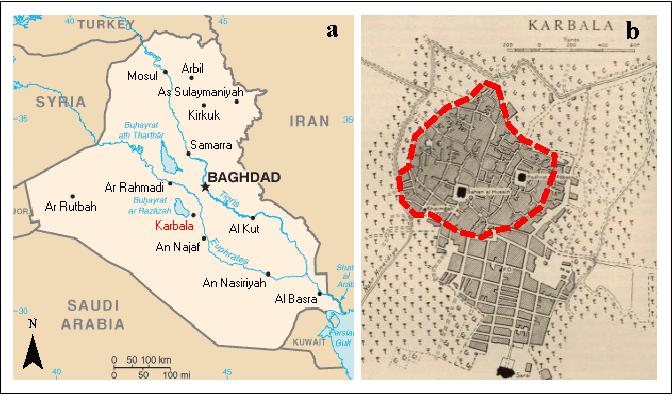Dhirgham Alobaydi, Haider Mohamed, H. Attya
2015
Published by: Semanticscholar.org
This study investigates a dynamic airflow circulation in the urban historic structures of Karbala, which is one of the typical examples of historic nuclei in Iraq as well as the Middle Eastern region.
The mechanism of the natural urban ventilation system of the city is continuously facing forces of change for different reasons, such as socioeconomic, political, and environmental. These changes in the city form included but not limited to: large parts of urban historic structures have been removed and new concrete structures and modern streets, that have different geometry, dimensions, and materials, have been added.
Such changes affect the pattern of street networks and the mass-void proportions in the old urban structures, which were built in efficiency providing ventilation and cooling naturally, and could have a great impact on the speed and behavior of the airflow circulation. For the analysis purposes, two phases, which are remarkable in forming the old structure of Karbala have been selected and digitized. These phases include the organic urban structures before the initial acts of road building at the beginning of the previous century.
The study area was strictly defined to represent a traditional environment that relied on using a natural ventilation system. Four simulation models of the study area have been created for the aforementioned phases. The first set has shown the airflow speed, while the second set has presented LMA, i.e. the local mean age. The simulation process was supported by surveyed and historic meteorological data. Results show that the changes of old urban structures affect the airflow circulation speed significantly, but more importantly, these results offer a useful source for contemporary urban planning, using comprehensive plans, in historic nuclei with similar characteristics to Karbala in both local and regional areas. One significant limitation of this study, however, is that it has not involved single urban blocks or residential units in the analysis.

